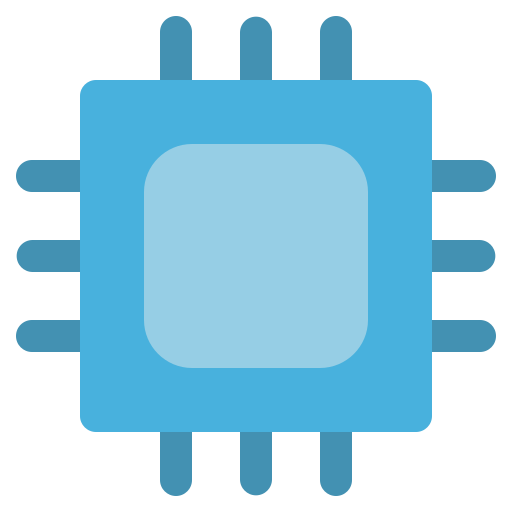

Finland edition, where it apparently started. Action starts at 4:20m in.
Good, wholesome fun.


Finland edition, where it apparently started. Action starts at 4:20m in.
Good, wholesome fun.


RemindMe! 3y “reply to this thread”.


Easy fix.

Tweezers.
When you realize how many wars were averted because of them.


Good read. Sad ending that all that work ended up nowhere.


I’d pay $10 for the coffee cup – if it came with a certificate of authentication.
$2 if not.


NEW feature: As you drive down the road, Ford cars will automatically take over and drive you to the nearest sponsor location. Hungry? It will take over and swerve into the nearest KFC drive-thru. Next stop, CVS pharmacy, then Office Depot.
Disclaimer: Disabling AutoAd feature requires monthly subscription.


When this whole ‘training’ trend started a few years ago, there were companies offering image and video labelling services.
It turned out they were mostly sweatshops in low-income countries, where people sat in front of monitors and just dragged boumding boxes around sections of images and picked from an icon menu. Here’s a car, here’s a person, here’s an apple. That sort of thing. You didn’t even need to know how to read or write.
Of course, the quality was questionable, so they needed a second layer of supervisors verifying the choices. But even with that, the cost was way lower than having an engineer or QA person do it. IIRC, there was a bit of hue and cry when stories came out of big tech companies supporting sweatshop conditions.
Sounds like it’s still ongoing.


Where you rotate so far right you end up at the left.


Depends on how cheap they get the tags. On AliExpress, you can get current ones for around $5 USD (https://www.aliexpress.us/w/wholesale-ibeacon.htm). Wiliot makes battery-free ones with a 10 meter range, but you have to use their service (https://www.wiliot.com/product/iot-pixels). By comparison, UWB runs $20-50 per tag and ~$0.50 for NFC.
If the new tags get down to the $5 range, you can attach them to individual items, crates, or palettes. The amount of time saved in locating and getting the items to a shipping or manufacturing line can be easily measured to see if worth the expense.


Bluetooth tags are usually a lot cheaper than UWB for accurate tracking. But they do require special ‘routers’ for AoA and AoD support. This will supposedly make it cheaper to deploy indoor location applications.
The main use-case isn’t Airtags. It’s warehouse and large retail applications, where a roving scanner can store precise item locations and count inventory. That way, if you need a specific part, it would be easy and faster to find. And if running low on items, the inventory system could instantly order more, instead of catching it at the next weekly/monthly/quarterly inventory count. If the tags cost $ instead of $$$ for UWB, you slap one on every item that comes in the door.
NFC tags are also cheap, but you need to get within cm to pick up signal, or have a powerful, expensive scanner at a portal. Even then, it doesn’t help telling you which shelf in the warehouse the item ended on. The BT ones will.
Gotta hand it to the Bluetooth SIG. They’re rapidly pushing out useful features with each revision.


One Docker env variable and one line of code. Not a heavy lift, really. And next time I shell into the container I don’t need to remind everyone to activate the venv.
Creating a venv in Docker just for the hell of it is like creating a symlink to something that never changes or moves.


NEW, automated children’s bicycle. Guaranteed to teach the little tyke how to ride! *


I can think of only two reasons to have a venv inside a container:
If you’re running third-party services inside a container, pinned to different Python versions.
If you do local development without docker and scripts that have to activate the venv from inside the script. If you move the scripts inside the container, now you don’t have a venv. But then it’s easy to just check an environment variable and skip, if inside Docker.
For most applications, it seems like an unnecessary extra step.
“Team-based shooter eight years in the making had just 25,000 estimated sales.”
A few jobs ago, everyone hated the tech stack. The people who had come up with it had long left. I talked to everyone, then came up with a plan to transition to a modern stack. Got buy-in from management.
Half the people (and all who had said they hated the status quo) threatened to quit if we made the change.
Fortunately, it was just in time to collect the 1-year retention bonus. Life’s too short. Walked away.
The example most people use are farms. The problem often isn’t range, it’s power consumption. The soil moisture sensor or the cow health tracker a mile away needs to run on batteries for a long time.
Unless you need high data rates, LoRa would be a better option instead of wifi. Especially if you need a new chipset anyway.
Also, on range alone, people are pushing LoRa to insane distances: https://hackaday.com/2023/09/15/new-lora-distance-record-830-miles/